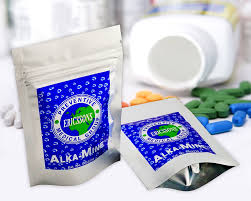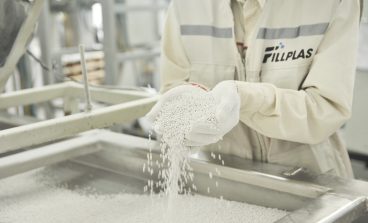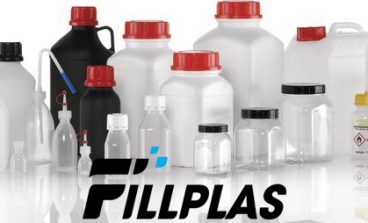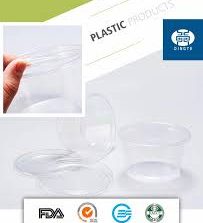
Product packaging is an essential element in all industries. In the pharmaceutical and food sectors, however, proper packaging is vital to guarantee the safety and freshness of the products while complying with various industry set standards. There are undoubtedly many packaging materials available, but plastic is the leading choice for these two sectors.
This is because the plastic from companies specializing in product packaging supplies in Utah is inexpensive, lightweight, impact-resistant, heat sealable, and easily moldable. It is also easy to label and versatile. Not all plastic types, however, will make a good fit for food and pharmaceutical packaging. Here are the ideal plastic categories for these sectors.
High-Density Polyethylene (HDPE)
This is one of the most common plastic options worldwide. It is a lightweight, semi-translucent material with high impact resistance. HDPE can also withstand extreme temperature changes and has high tensile strength. The material has a pigmented variety, which can be used for the packaging of light-sensitive drugs. In the food sector, HDPE is generally used for packaging products with short shelf lives like milk, though they can package virtually all foods.
Low-Density Polyethylene (LDPE)
This is generally used to cover food in delis and commercial restaurants or make films or storage bags for fruits and vegetables. LDPE is extremely breathable and has high clarity. Therefore, customers can perfectly see the contents of the bag or those wrapped in the film. It can also be used in applications that require heat sealing, owing to its low temperature. In the pharmaceutical sector, it is an inexpensive choice for the storage of tablets. Linear low-density polyethylene (LLDPE) is thinner compared to LDPE and is predominantly used for sachets, lids, squeezable bottles, and wrapping film for fresh food products.
Plastic packaging of Polypropylene (PP)
Unlike other varieties, this plastic is non-breathable. As such, it can be used for the storage of foods like candies and herbs, which require an airtight container to prevent their decay. Polypropylene has excellent strength and chemical resistance with clearer visibility compared to other plastics, and hence good product visibility. It is used for prescription bottles and caps in pharmaceuticals and other products that need sterilization since it has high melting points.
Plastic packaging of Polystyrene (PS)
This is a foamed or rigid plastic with a low melting point. It is often mixed with rubber because of its ductility to enhance its strength for applications that require stiffness. It has strong moisture barrier properties, which are essential for products with short shelf life. Polystyrene is used for making disposable bowls and cups, egg cartons, deli food plates, take-out food containers, and disposable cutlery. Pharmaceutical manufacturers can use it for Petri dishes, medicine bottles, and test tubes.
These plastic packaging types are all FDA-approved for use in the food and pharmaceutical industries. They will make a huge difference in the appearance and freshness of your products. There used to be concerned about the leaching of toxic products in plastic containers. Fortunately, there are now processes designed to counter the risk of toxic materials leaching for the above plastics.
Fillplas has products using for these plastic packaging materials. Please kindly visit our website to have more information.



